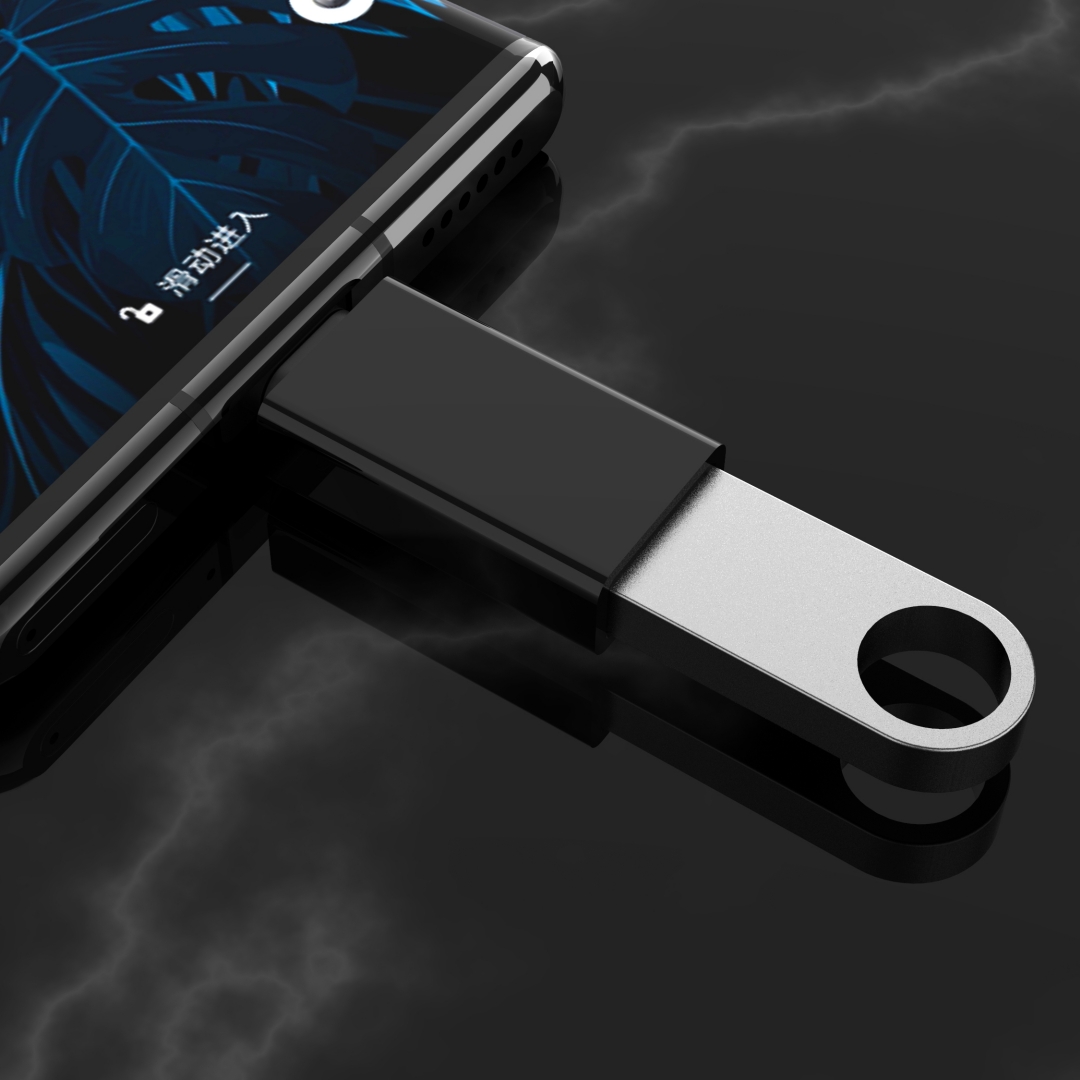Enhance Your Video Experience with Smart Solutions

Your device is not limited to its own screen; rather, it can be seamlessly connected to external video sources to enhance your viewing experience. By utilizing video adapters, you can effortlessly connect your device to various displays such as projectors, TVs, and monitors. This article explores tips and guidelines on how to effectively use video adapters to connect your device with external video sources.
Understanding Video Adapters
Video adapters are hardware devices that allow you to connect different video interfaces together. They serve as a bridge between your device and external display sources. Adapters come in various forms, including HDMI (High-Definition Multimedia Interface), DisplayPort, VGA (Video Graphics Array), and DVI (Digital Visual Interface). Each adapter type supports specific resolutions, refresh rates, and audio/video transmissions. It is crucial to understand the available ports on your device and the corresponding ports on the external display to ensure compatibility.
Tips for Choosing the Right Video Adapter
When selecting a video adapter, consider the following factors:
- Connectivity Options: Determine the available ports on your device and the external video source. Choose an adapter that supports both ends. For example, if your device has an HDMI port and the external display has a VGA port, you will need an HDMI to VGA adapter.
- Resolution and Refresh Rate: Ensure that the adapter can support the desired resolution and refresh rate of the external display. Higher resolutions and refresh rates require adapters with better signal processing capability.
- Audio Support: If you plan to transmit audio through the adapter, verify that it supports audio transmission. HDMI adapters are ideal for both audio and video transmission, while other adapters may require additional audio cables.
- Build Quality: Invest in a reliable and well-built adapter to ensure a stable connection and prevent signal loss or interference.
Proper Usage and Troubleshooting
Once you have chosen the appropriate video adapter, follow these tips for smooth usage:
- Ensure all cables are securely connected to both your device and the external display. Loose connections can result in a poor video output.
- Configure your device's display settings to extend or mirror the screen to the external display. This can usually be done through the display settings in your device's operating system.
- If the video output appears distorted or out of sync, check the display settings and adjust the resolution and refresh rate accordingly.
- If you are experiencing audio issues, check the audio settings on both your device and the external display. Sometimes, you may need to manually select the audio output source.
- Regularly update your device's drivers and firmware to ensure compatibility with the video adapter.
Conclusion
Video adapters provide a convenient way to connect your device with external video sources, expanding your viewing possibilities. By understanding the different types of video adapters, choosing the right one for your needs, and following proper usage guidelines, you can seamlessly enjoy content on larger screens without compromising on quality or convenience.



